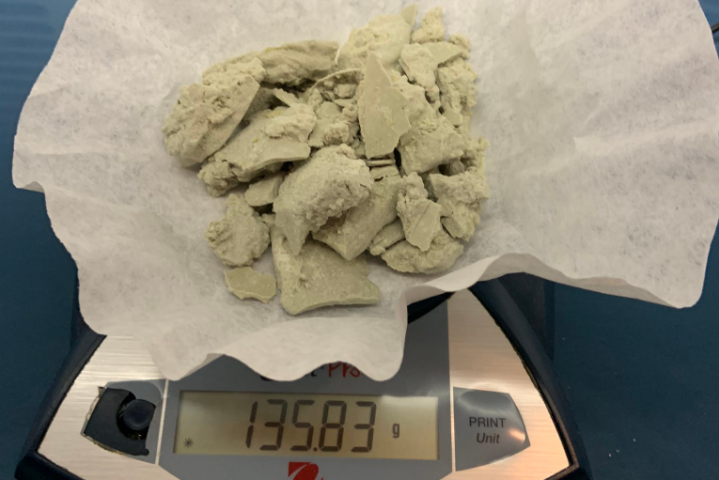The spike in drug poisoning deaths continues in Guelph – where there have been at least a dozen so far this year – as it does elsewhere across the province.
“We’re talking about preventable deaths,” said Adrienne Crowder, manager of the Wellington Guelph Drug Strategy with Guelph Community Health Centre. “We really do need to keep advocating for a better response. Addiction needs to be treated as a health issue, bottom line.”
In a recently released report, the Office of the Chief Coroner notes there were 646 opioid-related deaths in the province during the first three months of the year. While the terminology is different – drug poisonings vs. opioid-related deaths – Crowder believes they’re essentially interchangeable.
“The big issue is the toxicity of the drug supply,” she said, noting substances are often mixed and come with less predictable potency levels on the illicit market. “It’s a buyer beware market because people don’t know what is in the product.”
Crowder is “very confident” there have been at least 12 deaths in Guelph so far in 2022 as a result of drug poisoning, but said that number will likely rise when tallied at the end of the year because it doesn’t include people who died at home or “various other things.”
The coroner’s report states the fatality rate for the first three months of 2022 was 4.2 people per 100,000 across Ontario. In the Wellington-Dufferin-Guelph territory, that rate sat at about 3.2.
“It is great that we’re under the provincial average. What isn’t great is that we’re still losing community members to toxic drug supply,” said Crowder.
Guelph saw 21 fatal drug poisonings in 2021, down slightly from the 24 recorded in 2020 but triple the seven recorded in 2019.
Provincially, there were 2,883 in 2021, 2,459 in 2020 and 1,559 in 2019.
In addition to increased toxicity, Crowder believes the spike in fatalities is driven by hardships brought on by the pandemic, such as increased isolation and reduced service access.
“As a community, we do have a real range of services to support people,” she said, listing consumption and treatment sites, a safe supply program, and peer-based roles. “There has been a real ramping-up of services.”
The safe consumption site at Guelph Community Health Centre on Wyndham Street opened in 2019, followed by the start of the safe supply program, which provides prescription narcotics to approved recipients, in 2020.
“There are a lot of variables at play, but in all safe consumption and treatment sites and overdose prevention sites throughout the province, there has not been one fatality,” said Crowder. “That, I think, speaks a lot to the importance of having services available in a timely and effective way.”
